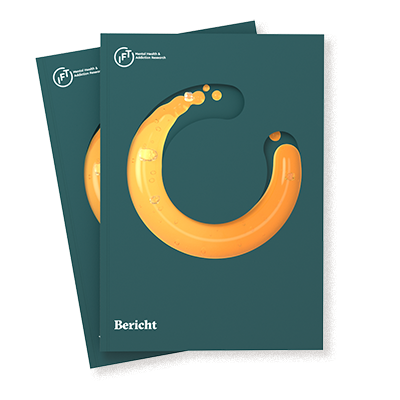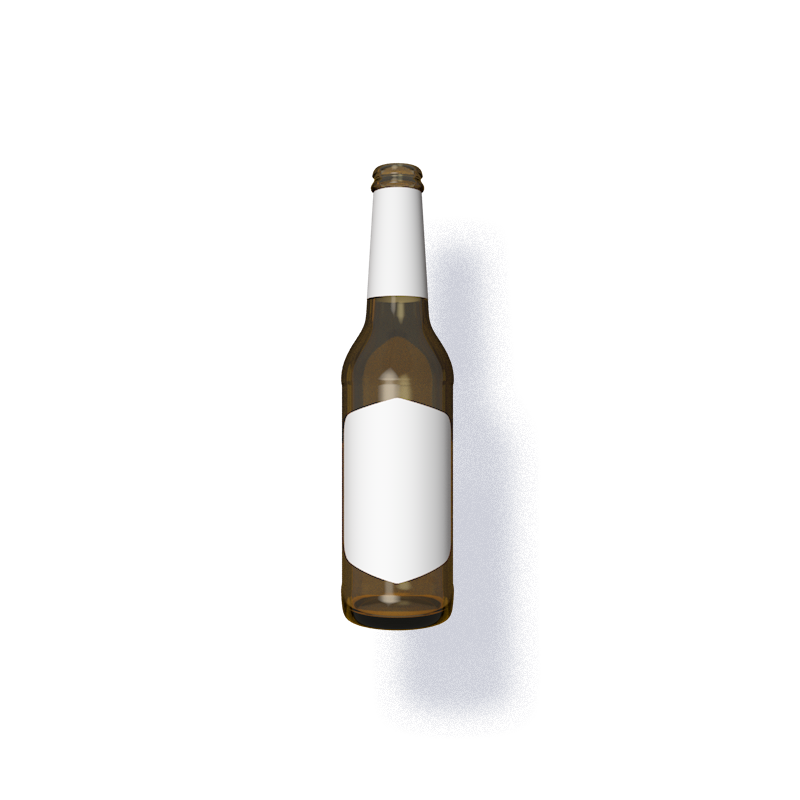Background
Although many individuals with alcohol dependence (AD) are recognized in the German healthcare system, only a few utilize addiction-specific treatment services. Those who enter treatment are not well characterized regarding their prospective pathways through the highly fragmented German healthcare system. This paper aims to (1) identify typical care pathways of patients with AD and their adherence to treatment guidelines and (2) explore the characteristics of these patients using routine data from different healthcare sectors.
Methods
We linked routinely collected register data of individuals with a documented alcohol-related diagnosis in the federal state of Bremen, Germany, in 2016/2017 and their addiction-specific health care: two statutory health insurance funds (outpatient pharmacotherapy for relapse prevention and inpatient episodes due to AD with and without qualified withdrawal treatment (QWT)), the German Pension Insurance (rehabilitation treatment) and a group of communal hospitals (outpatient addiction care). Individual care pathways of five different daily states of utilized addiction-specific treatment following an index inpatient admission due to AD were analyzed using state sequence analysis and cluster analysis. The follow-up time was 307 days (10 months). Individuals of the clustered pathways were compared concerning current treatment recommendations (1: QWT followed by postacute treatment; 2: time between QWT and rehabilitation). Patients’ characteristics not considered during the cluster analysis (sex, age, nationality, comorbidity, and outpatient addiction care) were then compared using a multinomial logistic regression.
Results
The analysis of 518 individual sequences resulted in the identification of four pathway clusters differing in their utilization of acute and postacute treatment. Most did not utilize subsequent addiction-specific treatment after their index inpatient episode (n = 276) or had several inpatient episodes or QWT without postacute treatment (n = 205). Two small clusters contained pathways either starting rehabilitation (n = 26) or pharmacotherapy after the index episode (n = 11). Overall, only 9.3% utilized postacute treatment as recommended.
Conclusions
A concern besides the generally low utilization of addiction-specific treatment is the implementation of postacute treatments for individuals after QWT.




